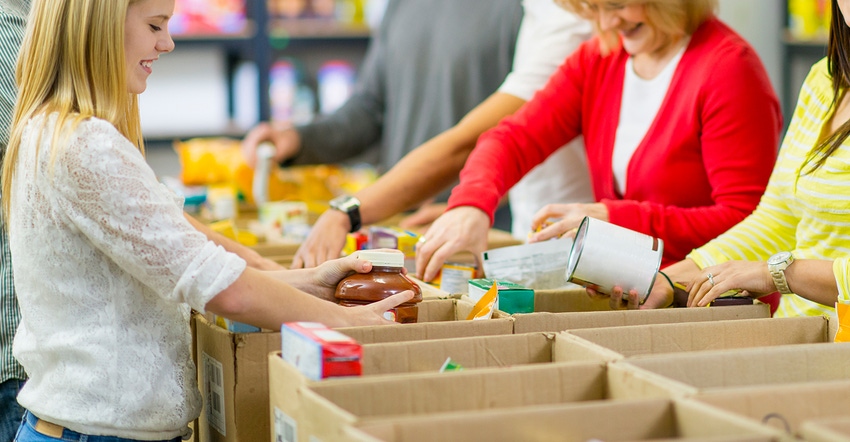
Hunger does not discriminate.
According to Second Harvest Heartland, a Twin Cities-based food bank, one in 11 Minnesota households — urban, suburban and rural — is affected by hunger.
And it is not folks who simply rely on government programs for help.
“We see working families that are struggling paycheck to paycheck. Three-fourths of the clients we serve have worked in the last year,” says Allison O’Toole, CEO, Second Harvest Heartland. “No matter your ZIP code, you deserve access to healthy foods.”
Second Harvest Heartland works with more than 1,000 organizational partners and 1,000 food shelf, food pantry and meal program partners across Minnesota.
Farmers have been important partners with Second Harvest Heartland in helping to provide local foods regionally around the state, she says. Currently, there are six food banks across Minnesota, each with its own service area. Through the Farm to Food Shelf program, farmers can apply for grants to offset the costs of harvesting and packaging surplus fruits and vegetables. Funds totaling $1.1 million were appropriated for it by the Minnesota Legislature.
Capturing that unharvested or surplus food makes a huge difference, O’Toole says. In Minnesota, about 250 million pounds of edible food is either not harvested or cast aside because it does not look “perfect” to consumers.
With their checkoff dollars, dairy farmers have been indirectly helping to provide fresh, cold milk and dairy products at food shelves through grants offered by Midwest Dairy. Second Harvest Heartland used $80,000 in grant money to purchase dairy coolers for 37 food shelves across the state. With refrigerated storage, those locations can now offer milk, butter, cheese and other perishable foods that need to be kept cold.
At its base in the Twin Cities, Second Harvest Heartland is in the process of a major campus remodeling and relocation. The organization will move from Golden Valley to a new facility in Brooklyn Park on the west side of the metro next spring.
“This will give us capacity to provide more produce, protein and milk to clients,” O’Toole says. “We’ll have triple the space.”
A USDA-approved room will allow them to pack meat and milk.
Volunteers will be able to start working at the new facility in October, O’Toole says, and an official ribbon-cutting ceremony will be held next May or June.
About the Author(s)
You May Also Like






